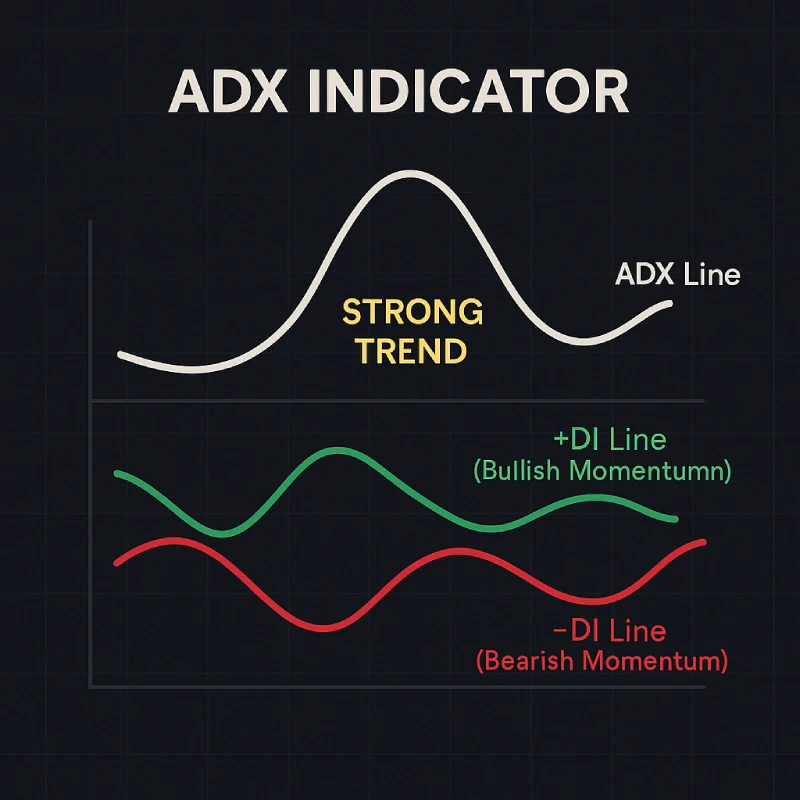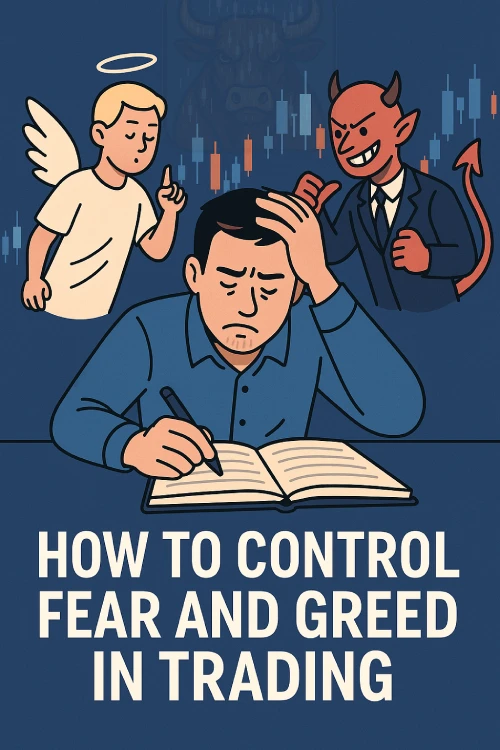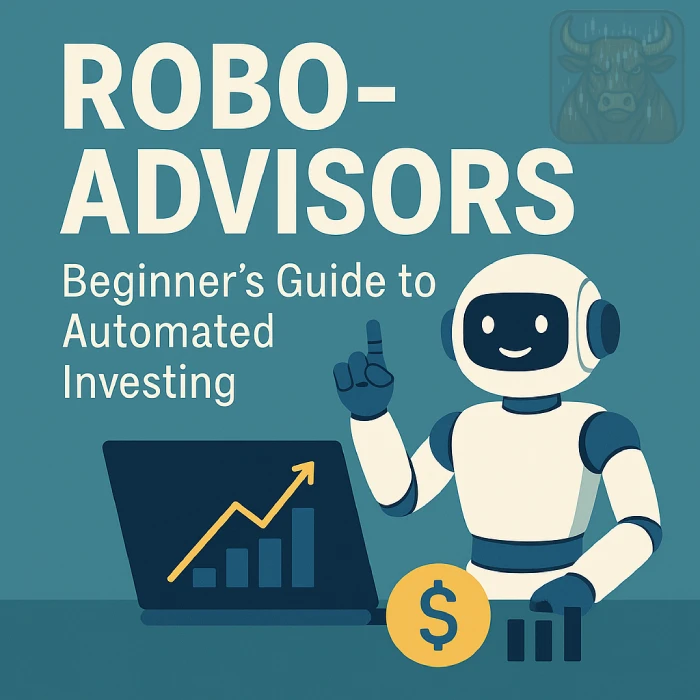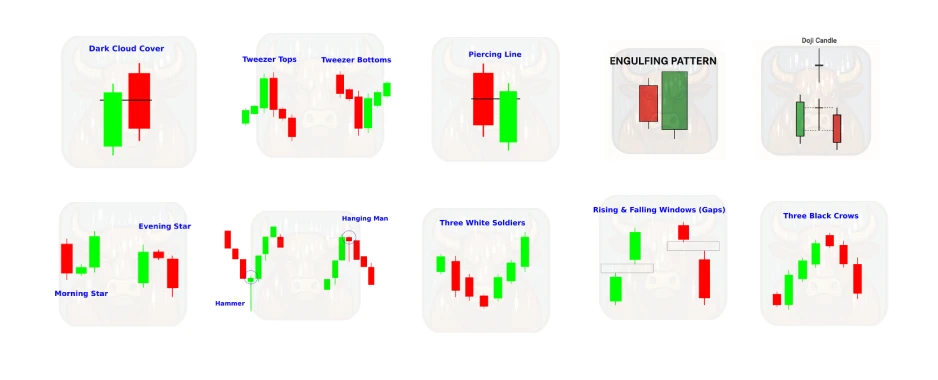🧠 Controlling Fear: How Smart Investors Turn Market Panic into Profit
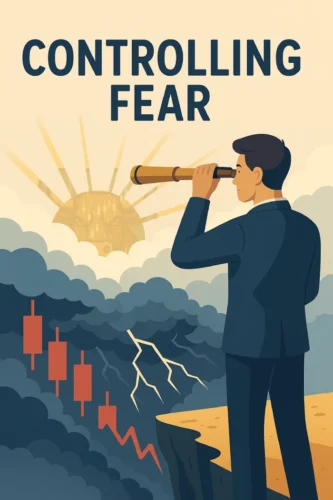
Feeling nervous when markets drop? You’re not alone, but you’re probably missing the biggest wealth-building moments of your life.📊 Did you know the S&P 500 has gained an average of 25% in the 12 months following peak fear spikes?.
While most retail investors run from volatility, elite traders use fear as a signal to act boldly and build wealth.
In this beginner-friendly guide, you’ll learn:
✅ The hidden psychology behind panic-selling
✅ 3 step-by-step strategies to invest during fearful markets
✅ How to spot true buying opportunities, not value traps
✅ Key fear indicators that smart money watches
✅ How institutions profit from retail investor mistakes
📉 Understanding Market Fear
Market fear isn’t just a feeling, it’s measurable. When investors panic, their actions show up in specific indicators that help reveal how scared the market really is.
Here are the three most widely used tools to track fear in the markets:
| Indicator | Normal Level | Fear Spike Level | What It Means |
|---|---|---|---|
| VIX Index | 15–20 | Above 30 | Known as the “Fear Index,” it tracks expected stock market volatility. A high VIX means investors are bracing for big price swings. |
| Put/Call Ratio | Around 0.7 | Above 1.0 | Measures how many people are buying protective puts vs bullish calls. A high ratio = investors are seeking safety. |
| AAII Bearish Sentiment | 30% | Over 50% | From a weekly investor survey. When 50%+ say they’re bearish, fear is dominating retail investor thinking. |
These fear signals reflect:
- 🏃♂️ Panic selling (investors rushing out of positions)
- 🛡️ Hedging behavior (using options to protect from losses)
- 📺 Media pessimism (negative headlines amplifying anxiety)
Understanding these indicators can help you see when others are reacting emotionally, and position yourself to act rationally.
💡 Why Fear Creates Opportunity
When fear takes over the market, prices drop often too much, too fast. This overreaction creates a golden window for those who stay calm and think long term.
📉 Panic Sells, But Value Stays
In times of crisis, many investors rush to sell, driven by headlines and emotion. But assets with strong fundamentals don’t lose their intrinsic value overnight, just their market price. For smart investors, that’s where opportunity lies: buying high-quality assets at discounted prices.
Take the COVID-19 market crash as an example:
- 📆 February–March 2020: Markets fell over 30% due to pandemic panic.
- ⚠️ On March 16, the Dow plunged almost 13%—its worst day since 1987.
- 📉 By March 23, the S&P 500 had lost about 34% from its high.
And yet, just months later, the same indices hit new all-time highs, fueled by stimulus and economic recovery. Investors who stayed calm were rewarded.
🧠 The Institutional Advantage
Institutional investors know this well. Many use algorithms and models that signal when fear peaks, often when volatility surges and retail panic sets in.
That’s when they buy.
Meanwhile, retail investors tend to do the opposite—selling at the bottom and buying back near the top. It’s a cycle driven by emotion.
If you’re a beginner, these events show one crucial lesson: emotional reactions can lead to missed opportunities.
📚 Real Examples of Fear Turning Into Profit
To truly see how fear breeds opportunity, let’s look at a few key market events:
📉 2018 Rate Hikes & Volatility
- The Fed raised rates four times, sparking fears of slower growth.
- Combined with U.S.–China trade tensions, markets dropped sharply in Q4 2018.
- The S&P 500 had its worst quarter since 2011, but rebounded quickly once fears eased.
🏛️ 2011 U.S. Debt Ceiling Crisis
- Political gridlock led to a downgrade of the U.S. credit rating.
- Stocks fell more than 15% in weeks. Volatility surged.
- Yet investors who stayed invested saw full recovery within months.
🦠 2020 COVID Crash
- Global uncertainty caused massive selloffs.
- Gold surged above $1,900 as a safe haven.
- Bonds rallied as investors fled to safety.
- But those who bought quality stocks in March 2020 saw incredible gains by year-end.
👉 So, the next time markets panic pause, analyze, and remember: fear is fuel for smart investors.
🛡️ 3 Strategies to Capitalize on Fear
When markets are driven by fear, most investors run for the exits. But for the informed investor, this panic can become a powerful buying opportunity. Here are three smart strategies to help you turn market fear into profit, even if you’re just getting started.
1️⃣ Use Fear Indicators as a Signal
Fear indicators like the VIX, the Put/Call Ratio, and the AAII Bearish Sentiment can help you spot when the crowd is overly pessimistic, often right before a rebound.
How to use them:
- ⏱️ When the VIX spikes above 30, fear is usually high.
- 📉 A Put/Call Ratio above 1.2 means more investors are betting on losses.
- 🐻 If over 45% of AAII survey respondents are bearish, panic is spreading.
✅ Example:
In August 2024, the VIX hit 65 after geopolitical tensions in Asia. The S&P 500 fell nearly 10% in a week — but within the next month, it recovered almost all losses. Those who recognized the fear signal had a profitable entry.
⚠️ *Reminder: These indicators show *sentiment, not timing. Use them as part of a bigger plan, not in isolation.
2️⃣ Focus on High-Quality Stocks
When fear hits, even strong companies get oversold. That’s your chance to buy long-term winners at a discount.
Look for:
- 🔍 Strong balance sheets (low debt, high cash flow)
- 💸 Consistent earnings and dividends
- 📉 Stocks down 20–30% from their highs without a change in fundamentals
✅ Example:
During the 2018 market drop, Apple (AAPL) fell more than 30%, even though its financials remained solid. By 2019, the stock had not only recovered but reached new all-time highs.
⚠️ Avoid companies with real structural problems, not all cheap stocks are good opportunities.
3️⃣ Dollar-Cost Averaging (DCA) into Fear
If timing the bottom sounds scary (it is!), DCA is your friend. This strategy spreads your investment over time, buying more when prices fall and less when they rise.
How it works:
- Invest a fixed amount weekly or monthly, no matter the market
- Helps reduce emotional decisions and smooths out volatility
✅ Example:
Someone who began DCA into an S&P 500 ETF (like SPY) after the March 2020 crash, investing every month, would have seen strong returns by 2021, even without catching the bottom.
⚠️ DCA works best in markets that eventually recover. Patience and consistency are key.
🚫 Common Pitfalls to Avoid
Even though market fear can unlock big opportunities, it’s easy to make costly mistakes, especially if you’re new to investing. Here’s how to avoid the most common traps that catch investors during times of panic:
1️⃣ Trying to Time the Exact Bottom ❌
Everyone wants to “buy low,” but trying to guess the exact bottom often leads to missed chances or premature entries.
Why it’s risky:
- Markets can keep falling even after you buy.
- Waiting for the “perfect” moment usually means you never buy.
✅ What to do instead:
Focus on valuation, quality, and trends, and consider using dollar-cost averaging (DCA) to reduce timing risk.
2️⃣ Buying Low-Quality “Bargains”🧨
Not every cheap stock is a deal. Some are down for good reason — poor fundamentals, outdated business models, or heavy debt.
Red flags to watch:
- Declining revenues and shrinking margins
- Negative cash flow and rising debt
- Business models in decline (e.g., Blockbuster in the streaming age)
✅ What to do instead:
Stick to companies with solid fundamentals and long-term potential, not just a low price tag.
3️⃣ Letting Emotions Drive Decisions 😱
Fear and greed can cloud your judgment, especially when news headlines scream “market crash” or “recession coming.”
Why it’s dangerous:
- You may panic sell at the worst moment.
- You could chase risky assets out of FOMO (fear of missing out).
✅ What to do instead:
Have a plan before volatility hits. Stick to your strategy, review your risk tolerance, and avoid making moves based on headlines.
📊 Fear-Opportunity Framework
Not all fear is equal, and neither are the opportunities it brings. This simple framework helps you read the market’s emotional state and match it with the smartest possible action.
| 😨 Fear Level | 📉 Market Condition | 🧠 What Smart Money Does | 🛠️ What You Can Do |
|---|---|---|---|
| Mild (VIX 20–25) | Healthy pullback, media concern | Start building watchlists | Identify strong stocks, set alerts |
| Moderate (VIX 25–30) | Sector corrections, rising panic | Begin buying in key areas | Buy first tranche of high-conviction assets |
| Extreme (VIX 30+) | Widespread fear, panic selling | Aggressive accumulation | DCA aggressively, deploy remaining capital |
🧭 How to Use This Table as a Beginner:
- VIX (Volatility Index) is like a “fear thermometer” for the market. When it rises, it means investors are nervous.
- As fear increases, many quality assets become temporarily undervalued, that’s when long-term investors step in.
- Don’t try to time the exact bottom — instead, act with a plan (e.g., tranches or DCA) and focus on quality.
📌 Remember: opportunity often feels uncomfortable. That’s how you know it’s real.
🧠 Key Takeaways: Fear Isn’t the Enemy
Fear is a natural part of the market, and of investing. But it doesn’t have to paralyze you. In fact, it can be one of your biggest allies if you learn to recognize and harness it.
🔑 Here’s what to remember:
- 📊 Fear signals opportunity. Spikes in the VIX, bearish sentiment, or panic-selling often mark the best entry points for long-term investors.
- 🧠 Stay rational when others panic. Use volatility to your advantage by sticking to fundamentals and avoiding emotional decisions.
- 💰 Focus on quality and discipline. Not all beaten-down assets are worth buying, stick to sound strategies like dollar-cost averaging and fundamental analysis.
- 📚 Learn from the past. Events like the 2020 crash, the 2018 Fed tightening, or the 2011 debt ceiling crisis all show how recovery follows fear.
💬 In investing, it’s not about avoiding fear, it’s about navigating through it with clarity and confidence.
🔚 Final Thoughts: Embrace the Panic
When fear takes over the market, it feels like the world is ending, but those are often the moments that define great investors.
📉 Fear is temporary.
📊 Value is real.
💡 Your edge is staying calm when others can’t.
👉 Whether you’re just starting out or building your strategy, remember this:
Market panic is not a threat, it’s your invitation to invest smarter.



